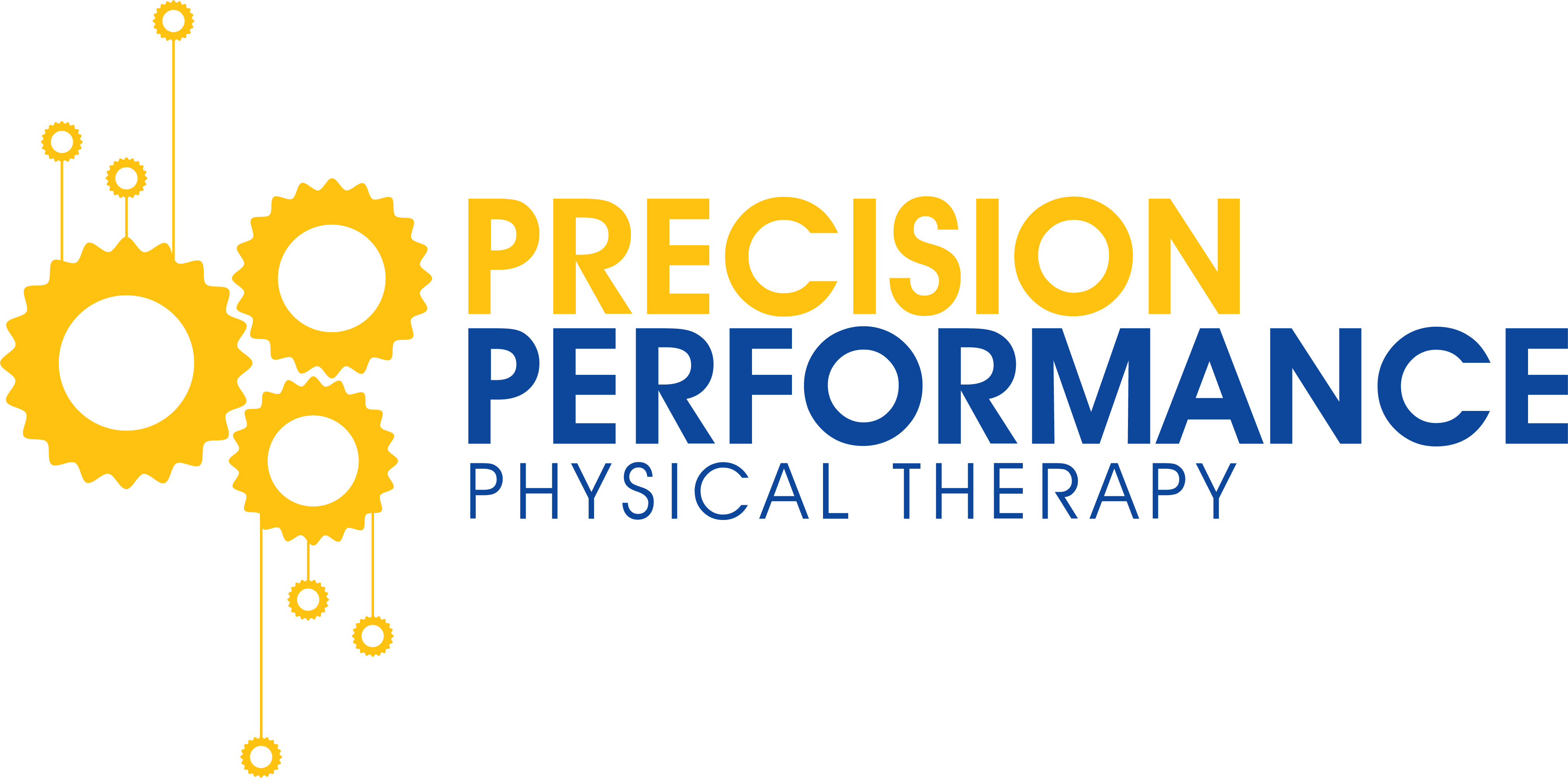Manual therapy is a hands-on approach used in physical therapy to diagnose and treat musculoskeletal pain and dysfunction. It includes a variety of techniques, such as massage, joint mobilization, and stretching, and is often used in conjunction with other physical therapy interventions. Here are some ways manual therapy can help in physical therapy:
| 2. | Improve joint mobility and range of motion: Manual therapy techniques can help improve joint mobility, flexibility, and range of motion, which can be limited due to injury, surgery, or chronic conditions. |
| 3. | Promote tissue healing: Manual therapy can help stimulate blood flow and improve the delivery of nutrients to injured tissues, which can promote healing and reduce scar tissue formation. |
| 4. | Improve soft tissue extensibility: Manual therapy techniques can help improve the extensibility of soft tissues, such as muscles, tendons, and ligaments, which can improve overall function and reduce the risk of future injuries. |
| 5. | Enhance physical performance: Manual therapy can help improve joint mobility, reduce pain and stiffness, and improve soft tissue extensibility, all of which can enhance physical performance in athletes and active individuals. |
| 6. | Complement other physical therapy interventions: Manual therapy can be used in conjunction with other physical therapy interventions, such as exercise, modalities, and patient education, to provide a comprehensive treatment approach. |
Overall, manual therapy can be a highly effective tool in physical therapy, providing patients with a range of benefits that can improve physical function, reduce pain, and enhance overall quality of life. However, it’s important to note that manual therapy should only be performed by a licensed physical therapist with specialized training in manual therapy techniques.
